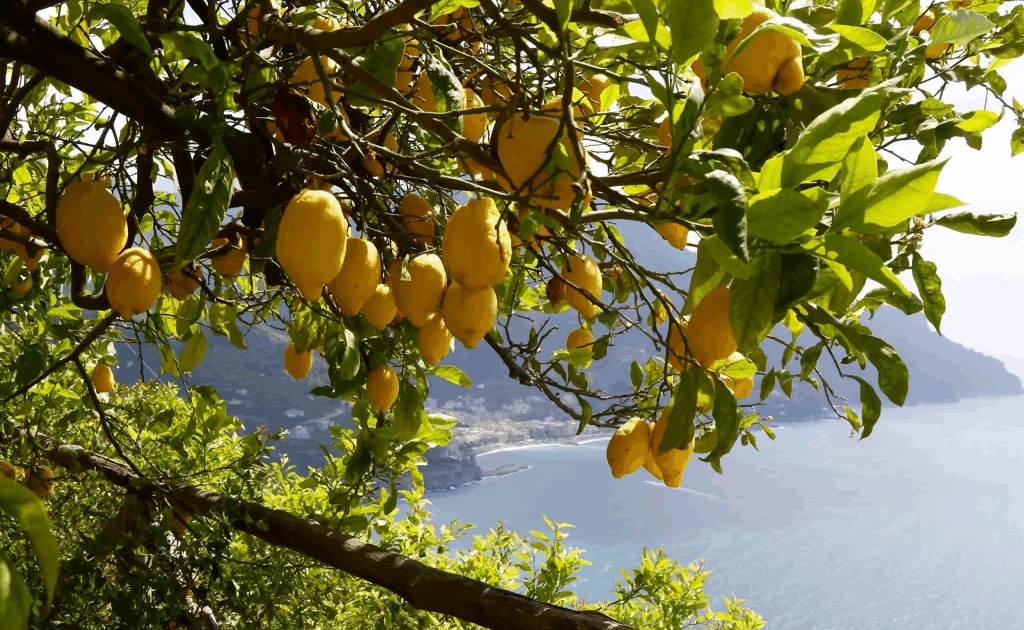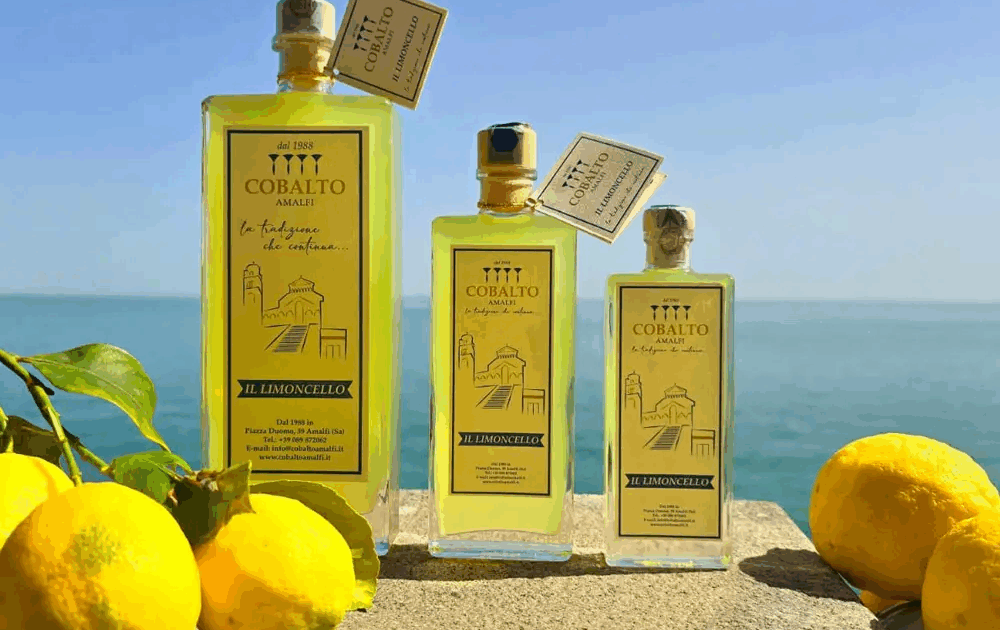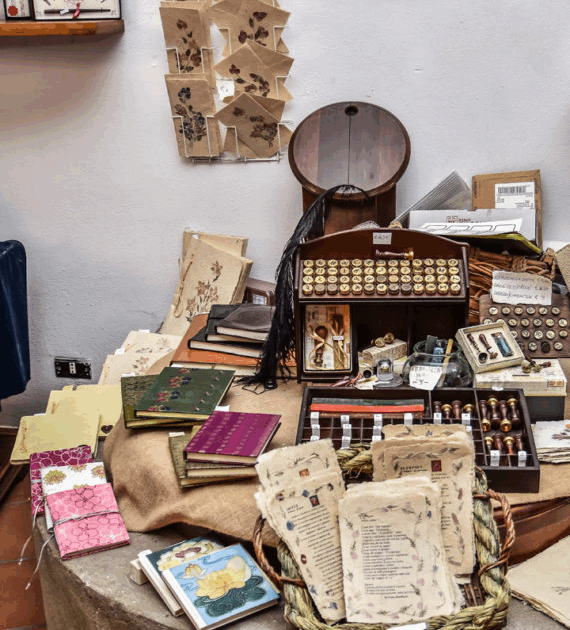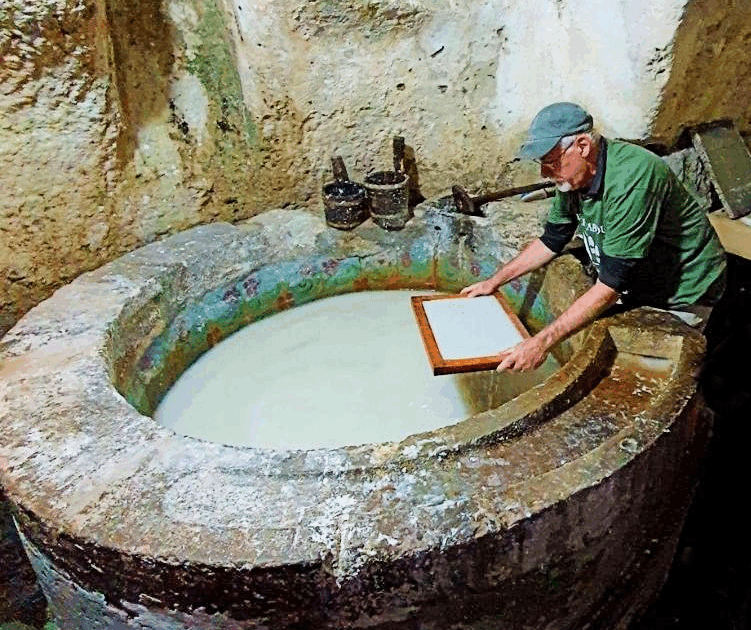
The iconic Amalfi lemon – pictured in countless Pinterest boards of dreamy Italian getaways and essential in Amalfi Coast imagery. From being filled with gelato to pasta al limone, these lemons are used in every way possible. But the most popular form, and perhaps the best, is limoncello.
Limoncello is a deliciously tangy and sweet liqueur, made by soaking lemon peels in pure alcohol for nearly a month, then adding a sugar syrup to the mixture before filtering out the peels. While it can be found all over the world, there’s no denying that limoncello made with Amalfi lemon has a more intense lemon flavor, and is smoother and more floral. This is due to the unique sweetness and aromatic nature of the Sfusato Amalfitano and Limone di Sorrento, two of the most popular Amalfi lemon varieties.
While it is common knowledge that limoncello originated along the Amalfi Coast, how exactly it originated is hotly debated. According to legend, monks living along the Sorrentine Peninsula in the 17th century invented a liqueur with lemon and honey to warm themselves during harsh winters, and passed down the recipe. However, the other side of the debate believes that limoncello wasn’t born until the 19th century, by a family of farmers in Amalfi who stored their lemons in alcohol to preserve them during the winters.
It may be impossible to truly know how this drink originated, but we do know that it’s amazing. Trying limoncello on the famed Amalfi Coast is a bucket-list item, and it’s something that Amore Rentals would love to help you do!


While Amalfi is widely known as a hub for limoncello, it isn’t as widely known for another one of it’s impressive traditional exports – paper. Among the first places in Europe to adopt and develop paper production, Amalfi began producing Carta di Amalfi in the 12th century, hundreds of years before the first bottle of limoncello!
In this time period, Amalfi was a powerful maritime empire, often trading with the Arab world, from whom they learned how to make their cotton-based paper. By the 13th century, Amalfi’s streams and waterfalls powered the flourishing paper mills, as their paper became renowned for being durable and absorbent – attracting the attention of nobility and religious officials for correspondance, religious texts, and official documents. These properties further made it a popular choice for stationary, calligraphy, and art. It’s even used for wedding invitations!
While the paper industry in Amalfi declined after the rise of industrialization and mass paper production, there are family-run mills, like Amatruda, in the Valle dei Mulini that still produce paper as they would have today! In Amalfi, you can visit the beautiful Museo della Carta to learn more about this handmade process, witness and take part in the making of paper, and shop their beautiful selections of notebooks and journals, all made with Carta di Amalfi.

